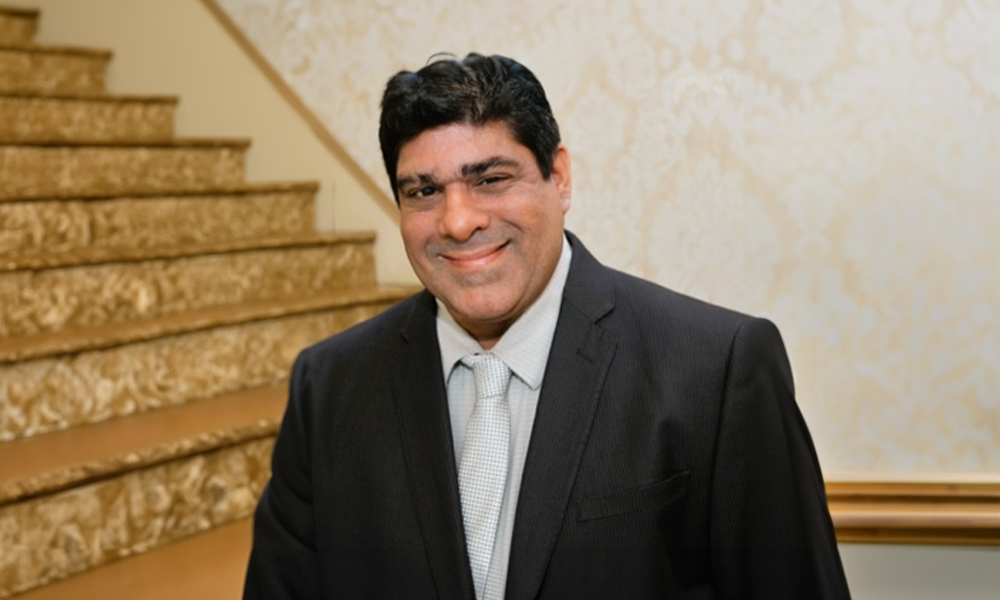Democrat Ned Lamont leads Republican Bob Stefanowski by a margin of 55 percent to 40 percent in the Connecticut governor's race, according to a poll sponsored by CT Insider and Channel 3 Eyewitness News in Hartford and conducted by the Western New England University Polling Institute.
The survey of 626 likely voters, conducted Sept. 15-21, found that a slight majority also view Lamont positively, with 51 percent saying they have a favorable view of the first-term governor, while 36 percent said they view him unfavorably. Stefanowski, on the other hand, was underwater in his favorability rating, with 36 percent of likely voters viewing him unfavorably and 31 percent of voters viewing him favorably.
"Lamont is running strong at this stage of the campaign," said Tim Vercellotti, professor of political science and director of the Polling Institute at Western New England University. "The dynamics of the race in late September are working in his favor, but there is still quite a bit of time remaining until voters cast ballots on Nov. 8."
The survey, which has a margin of error of plus or minus five percentage points, found that Stefanowski may have room in which to build voter support. Twenty-five percent of likely voters said they had heard of Stefanowski, but that had no opinion of him. That was the case for 31 percent of unaffiliated likely voters, 22 percent of Democratic likely voters, and 20 percent of Republican likely voters.
"If Stefanowski can define himself in positive ways with some of these voters, his favorability ratings and his standing in the race may improve," Vercellotti said. "But this is also an opportunity for the Lamont campaign to define Stefanowski in negative terms as the election approaches."
Among likely voters, 73 percent said they have a lot of interest in the upcoming election, while 24 percent said they have some interest. There was a slight gap in interest between Republican and Democratic likely voters, with 84 percent of Republicans and 73 percent of Democrats saying they have a lot of interest in the election.
When asked whom they would support for governor in the upcoming election, Democratic and Republican likely voters sorted themselves into the expected camps, with 91 percent of Democrats backing Lamont and 86 percent of Republicans supporting Stefanowski. Among unaffiliated likely voters, Lamont held the edge over Stefanowski, 49 percent to 44 percent.
The survey found that voter preferences also varied by gender and education levels. Women supported Lamont over Stefanowski by a margin of nearly two to one, at 62 percent to 32 percent. While Republican candidates often try to close the gender gap by running strong among men, the survey found that Lamont and Stefanowski were tied among male likely voters, at 47 percent each. Lamont and Stefanowski also split the vote among likely voters with a high school diploma or less (47 percent for Lamont and 48 percent for Stefanowski), and among those with some college, with each candidate receiving support from 49 percent of likely voters. The survey indicated that Lamont has a sizable lead over Stefanowski among college graduates, by a margin of 64 percent to 30 percent.
Across age groups, Lamont received the most support from younger voters. Among likely voters ages 18 to 39, 61 percent said they support Lamont, while 33 percent backed Stefanowski. Support for Lamont remained above 50 percent among likely voters ages 40 to 54 and 65 and older, while Stefanowski held a small lead among likely voters ages 55 to 64.
The Western New England University Polling Institute, established in 2005, conducts nonpartisan research on public policy issues at the local, state, and regional levels. The Institute, equipped with 23 state-of-the-art computer-assisted telephone interviewing stations, provides the University's faculty and students with valuable opportunities to design and carry out public opinion research. The Institute also conducts survey research for government agencies, news media, and nonprofit organizations.





